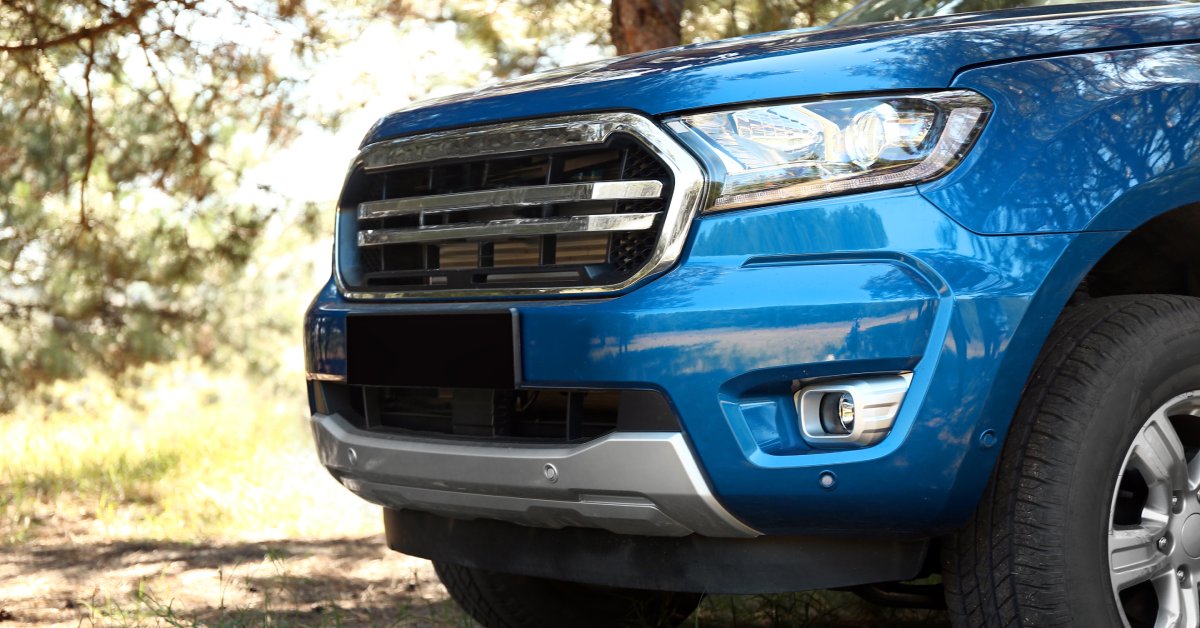Basically, indexing a car spark plug faces the open gap of the plug’s ground electrode toward the direction for the optimal burn of the fuel mix in an engine’s combustion chamber. Although technical experts often disagree as to the actual performance enhancement attained by indexing a car’s spark plugs, it can’t hurt. In fact, with the price of gasoline skyrocketing in today’s economy, do everything possible to reduce the amount of raw fuel that escapes from your car’s engine is probably worth the effort.
Before you begin, you will need a spark plug wrench, a permanent marker and a pack of indexing shims. Almost any auto parts store that sells E3 car spark plugs should carry shim washers of differing thickness. It is also a good idea to check your car’s fuel mileage before you replace your car spark plugs for future comparisons. If you’re ready, let’s get started.
Step One – Use the spark plug wrench to remove the old plugs and purchase the correct E3 replacement plugs (see the Cross Reference Guide in the automotive section of the E3 Spark Plugs Catalog page on the company’s main website).
Step Two - This can require some detailed research but it is something you only have to do once (unless you change your engine’s head). To determine the location of the intake valves and exhaust valves in relationship to your car spark plugs will require a technical manual or a quick call to the service department of your local dealership. If all else fails, stop by any high performance speed shop and ask a professional.
Step Three – Scribe a vertical line with your felt marker from top to bottom on the outside of the ceramic insulator to denote the direction of the open end of the ground electrode. The idea is to orient the spark so the back side of the extending electrode does not block any part of the flame kernel from entering the combustion area. Some high performance engine builders prefer to orient the plug’s gap to face toward the exhaust valves while others recommend directing the spark at the opening for the intake valves. For your personal vehicle, just split the difference with the scribed line on your spark plugs and you should be fine.
Step Four – Remember to set the gap on your new plugs, then install each plug and torque to the recommended specifications (see Spark Plugs Installation & Gapping on the E3′s main website for gap/torque requirements). Now look at the direction of your scribed line as it relates to the location of your intake and exhaust valves. Select an indexing shim that will allow the scribed line on the E3 spark plug to split the valve openings in the combustion chamber. For newbies, this is a trial & error approach and requires a little patience as you learn to allow for the thickness of the shim that you’re testing.
Step Five - When you’ve replaced all of the engine’s plugs, reinstall the car’s spark plug wires by firmly pressing the spark plug cap until it snaps over the terminal tip. Now start you motor and rev the engine the several times. The acceleration should be smooth and free of misfire or popping noises. It is unlikely that you will notice any performance difference right away. Even with finely-tuned high performance racing engines, the results of indexing the spark plugs is typically only seen on the tachometer or by using computerized data acquisition.
Almost any motor will operate more efficiently after replacing the spark plugs. To determine whether indexing your E3 spark plugs was worth the effort, consider keeping a gas mileage log. Although you should always see an improvement immediately after changing your car’s plugs, watch for any variance in performance that might show up in your notes as the spark plugs wear. Quality car spark plugs, like E3 DiamondFire plugs, are designed to last longer than standard plugs. Drive safely and join E3 in “Going Green for 2010″.







